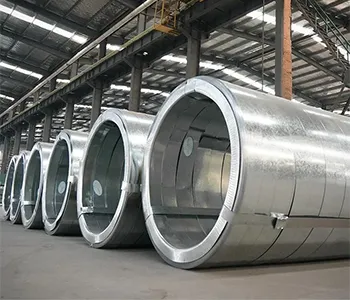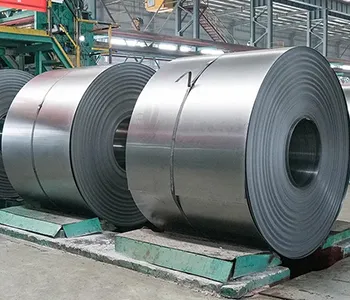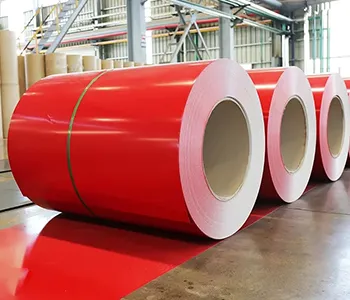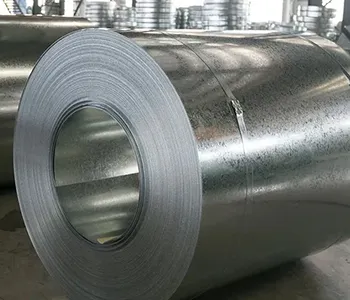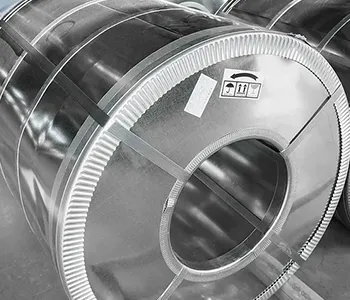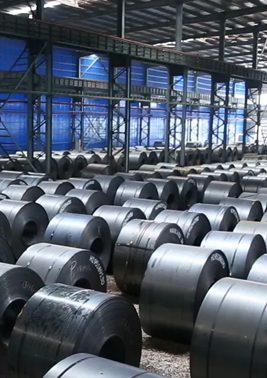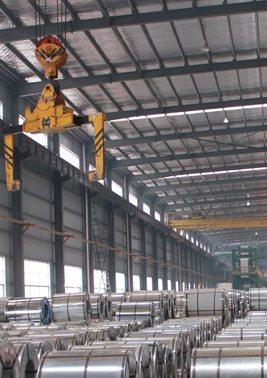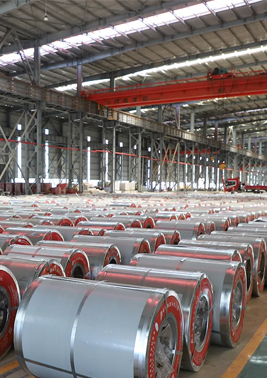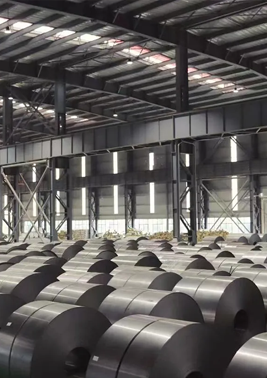Flat-Rolled Steel
Silicon Steel Sheet and Coil
- Thickness 0.5-0.65mm
- Width 800-1250mm
- Coil inner diameter Ø508/Ø608mm
- Coil weight 5-8t, or customizable
- Minimum order quantity 20 tonnes
Worldwide delivery from the Philippines available upon request
Electrical steel, also known as silicon steel, is a specialized material widely used in motors, generators, transformers, and various electrical devices due to its soft magnetic properties. It typically contains silicon in varying amounts, categorized into low-silicon grades (less than 0.5% silicon) and high-silicon grades (0.5% to 6.5% silicon), enhancing its magnetic properties.
Depending on the grain orientation, electrical steel is classified into two main types: grain-oriented electrical steel (GOES) and non-grain-oriented electrical steel (NGOES).
- Grain-Oriented Electrical Steel (GOES)
This type of steel has superior magnetic performance in a specific direction. It offers high magnetic induction and low core loss, making it ideal for cores in transformers, amplifiers, stabilizers, relays, and electromagnetic switches. - Non-Grain-Oriented Electrical Steel (NGOES)
NGOES has uniform magnetic properties in all directions, offering excellent magnetic induction and reduced energy loss. It is widely used for components that generate or operate within rotating magnetic fields, such as generators, electric motors, and household appliances like washing machines, fans, and refrigerator compressors.
Electrical steel is engineered for optimal magnetic and mechanical performance. Some main characteristics include:
- Magnetic Properties
Low core loss, high magnetic induction, and minimal magnetic aging ensure efficiency in energy conversion and reduced heat generation. - Processing Capabilities
The material supports high-precision punching and cutting, ensuring excellent surface finish and dimensional accuracy for complex designs.
This combination of properties makes electrical steel indispensable for modern energy-efficient and high-performance electrical devices.
| Steel Grade | Specifications | Performance | |||||
| Thickness (mm) | Width (mm) | Inside Diameter (mm) | Outside Diameter (mm) | Weight (MT) | Iron Loss | Magnetic Induction | |
| 0.5 | 800~1250 | 508 or 610 | - | <10 | ≤4.3 | ≥1.69 | |
| 0.5 | 800~1250 | 508 or 610 | - | <10 | ≤5.0 | ≥1.72 | |
| 0.5 | 800~1250 | 508 or 610 | - | <10 | ≤5.5 | ≥1.75 | |
| 0.5 | 800~1250 | 508 or 610 | - | <10 | ≤6.0 | ≥1.75 | |
| 0.65 | 800~1250 | 508 or 610 | - | <10 | ≤4.3 | ≥1.69 | |
| 0.65 | 800~1250 | 508 or 610 | - | <10 | ≤5.0 | ≥1.72 | |
| 0.65 | 800~1250 | 508 or 610 | - | <10 | ≤5.5 | ≥1.75 | |
| 0.65 | 800~1250 | 508 or 610 | - | <10 | ≤6.0 | ≥1.75 | |
Widely utilized in energy-efficient motors and power generators, designed to optimize performance and reduce energy consumption in various industries.
- China’s largest private steel sheet manufacturer
- 48 production lines across 5 manufacturing facilities
- Annual capacity of up to 15 million tonnes, with 800,000 tonnes in stock
- E-mail: phsales1@panhuagroup.com
- Mobile: +86-13390839803
To get the quick quote, please specify the specification, grade, zinc layer thickness, surface with/ spangle pattern, coil inner diameter, coil weight, etc.
What types of motors are electrical steel products suitable for?
Electrical steel products are suitable for use in a variety of motors, including:
- Industrial asynchronous motors
- New energy vehicle drive motors
- Servo motors
- Home appliance motors
- Wind power and aerospace motors
What is the stamping performance of electrical steel for compressor motors?
How is the noise suppression performance of electrical steel for home appliance motors?
What product is recommended for a motor company requiring steel with low core loss and high magnetic induction?

Grow your business while helping us connect steel products to markets worldwide. Join us as a local sales representative and be part of our success.

